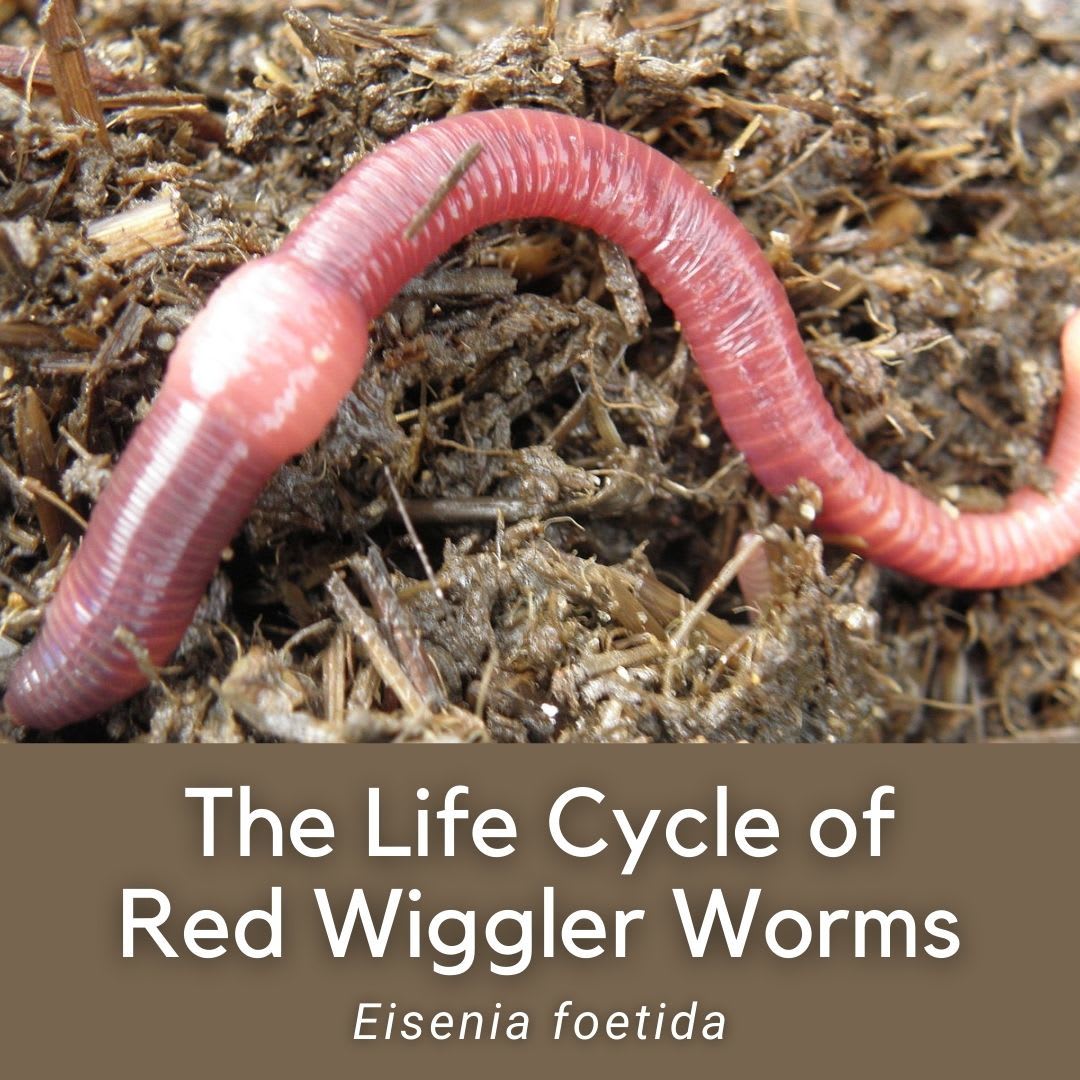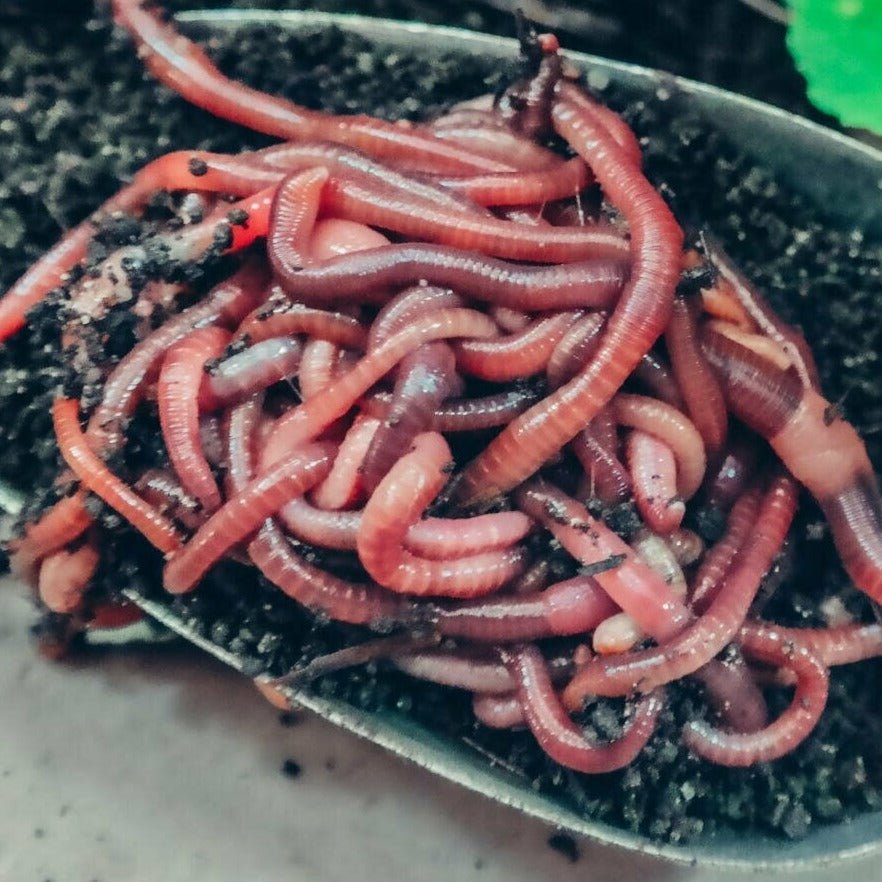Enhance Your Fishing Success with Red Wiggler Express Worms
Enhance Your Fishing Success with Red Wiggler Express Worms
Blog Article
Red Wigglers: The Unsung Heroes of Organic Waste Recycling
Red wigglers, or Eisenia fetida, serve as crucial representatives in the natural waste reusing process, changing thrown out materials into important vermicompost. As the world increasingly seeks remedies to battle waste build-up and boost agricultural efficiency, recognizing the duty of these worms becomes essential.
What Are Red Wigglers?
The amazing durability of red wigglers, clinically known as Eisenia fetida, emphasizes their critical duty in natural waste recycling. These tiny, reddish-brown earthworms are typically found in decomposing raw material, such as compost heap and manure lots. Lake Hickory Bait. Unlike other earthworm types, red wigglers grow in nutrient-rich atmospheres and are highly reliable at damaging down natural products, making them crucial for vermicomposting

(Red Wiggler Express)In enhancement to their role in waste reduction, red wigglers add to dirt wellness by boosting soil framework and oygenation via their burrowing tasks (Lake Hickory Bait). Their visibility in composting systems not just improves decay prices yet likewise advertises a lasting method to throw away monitoring, illustrating their relevance in eco-friendly conservation initiatives
Benefits of Composting With Worms
Composting with worms, specifically red wigglers, offers numerous benefits that improve both waste management and dirt health. First, these worms successfully break down organic waste, converting it into nutrient-rich vermicompost that improves soil. This procedure accelerates decay, enabling for a quicker recycling of kitchen area scraps and various other organic materials contrasted to conventional composting methods.
Additionally, the vermicompost generated by red wigglers is including beneficial bacteria, which assist improve soil structure, oygenation, and moisture retention. This boosts the general health and wellness of plants, advertising energetic development and boosted returns in gardens and farming settings. The use of worms in composting decreases the production of greenhouse gases, such as methane, adding to an extra lasting waste administration system.

How to Start Vermicomposting
Developing a vermicomposting system is an uncomplicated process that can generate significant benefits for both waste management and dirt enrichment. To start, select a suitable container, such as a plastic container or wood box, with adequate ventilation openings to make certain appropriate airflow. The measurements should ideally be about 2 feet by 3 feet, enabling ample room for the worms to prosper.
Next, prepare bedding product, which can contain shredded newspaper, cardboard, or coconut coir. This bedding ought to be dampened to create a suitable habitat for the worms. When the bedding remains in place, present red wigglers (Eisenia fetida) right into the container, normally around one extra pound of worms for each square foot of surface.
Adhering to the positioning of worms, add organic waste, such as fruit and veggie scraps, coffee grounds, and crushed eggshells. With these actions, you will properly launch a vermicomposting system that contributes try this site to sustainable waste monitoring and enriches your dirt.
Preserving a Healthy Worm Container
(Red Wiggler Express)Keeping a worm container growing calls for regular interest and treatment to guarantee the wellness of the red wigglers and the effectiveness of the composting process. Proper maintenance begins with keeping track of the wetness levels; the bin must be damp yet not soaked. A good guideline of thumb is to preserve a consistency similar to a wrung-out sponge.
Gently mixing the bed linens and food scraps every few weeks protects against compaction and makes sure that all worms have access to oxygen. In addition, it is vital to feed the worms appropriately.
If the bin ends up being as well hot or cold, the worms may end up being worried. By vigilantly handling these factors, one can preserve a robust and productive worm bin.
Influence On Lasting Living
The successful upkeep of a worm container not just profits the health of red wigglers however also adds considerably to lasting living practices. By reusing natural waste, such as kitchen scraps and yard debris, red wigglers aid divert substantial quantities of material from land fills. This decrease in waste not only lowers greenhouse gas exhausts however also minimizes the ecological concern associated with waste management.
Furthermore, the castings produced by red wigglers offer as a nutrient-rich organic fertilizer, boosting dirt health and wellness and advertising plant growth. This natural option to chemical fertilizers supports sustainable farming and horticulture techniques, lowering reliance on artificial inputs that can harm environments. In addition, worm composting fosters recognition of waste monitoring, motivating individuals and communities to adopt more lasting routines.

Verdict
In summary, red wigglers offer as essential factors to natural waste reusing with their efficient disintegration of organic products. By incorporating vermicomposting right into waste management approaches, people and areas can significantly lower waste while promoting ecological sustainability.
Report this page